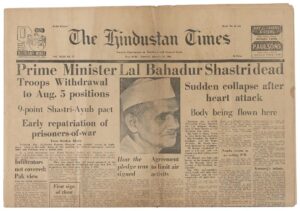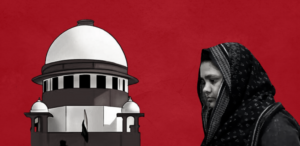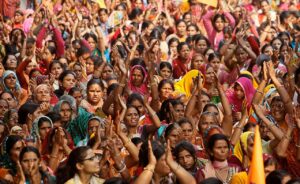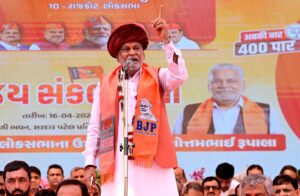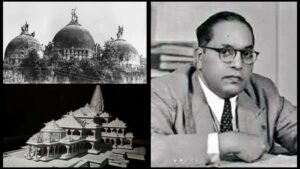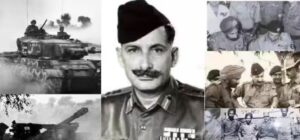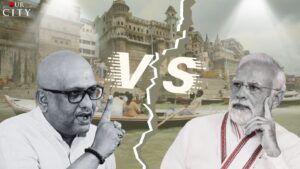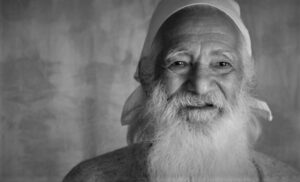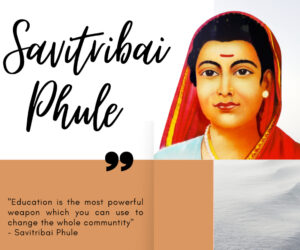Today, we are celebrating the 57th anniversary of the Tashkent Declaration, which was aimed to put a stop to hostilities between India and Pakistan. After Soviet diplomacy mediated the signing of the proclamation, Alexei Kosygin, the head of the Council of Ministers, personally oversaw the process. Though the peace between two nations did not stay for long, this document is regarded as one of the best mediation instances in world affairs.
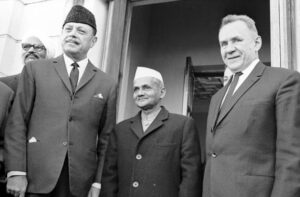 The longest military confrontation over territorial disputes since World War II came to an end on January 10, 1966, when India and Pakistan reached an agreement in Tashkent, the capital of the Uzbek SSR. The dispute between India and Pakistan posed a severe danger to regional stability at the time discussions were started. There was a real possibility that this fight between the two dominant powers would turn into a larger-scale battle including other governments. China, which at the time was an ally of Pakistan, was posing a threat to India. Delhi was being accused of hostility by Beijing.
The longest military confrontation over territorial disputes since World War II came to an end on January 10, 1966, when India and Pakistan reached an agreement in Tashkent, the capital of the Uzbek SSR. The dispute between India and Pakistan posed a severe danger to regional stability at the time discussions were started. There was a real possibility that this fight between the two dominant powers would turn into a larger-scale battle including other governments. China, which at the time was an ally of Pakistan, was posing a threat to India. Delhi was being accused of hostility by Beijing.
Both the United States and the Soviet Union were concerned about this because they thought China would intervene in the war. During the time of the hostile relations between the Soviet Union and China, the American authorities did not have any particular influence over the Chinese leadership. After the pertinent resolution was enacted by the Security Council in September 1965, both nations agreed to abide by the cease-fire, which was imposed by the Great Powers using their influence in the UN Security Council.
But the cease-fire could have started anytime, this sensed the need for a more formal agreement, the USSR Council of Ministers Chairman Kosygin personally offered to serve as mediator on behalf of the Soviet Union. As per the memoirs of contemporaries, Kosygin had the trust of both sides. He was instrumental in resolving the Indo-Pakistan conflict.
The fact that Pakistani President Muhammad Ayub Khan was keen to strengthen ties with the Soviet Union in addition to steering his nation in accordance with US policy had a significant role as well. But the primary thing that helped the negotiation process start off well was that the Americans and Soviets shared the same level of desire in ending the fight.
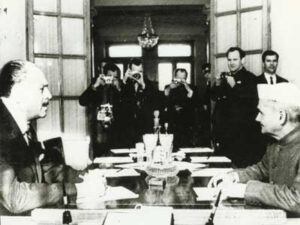 For the talks, Indian Prime Minister Lal Bahadur Shastri and Pakistani leader Mohammad Ayub Khan travelled to Tashkent. Both leaders were extremely skilled and influential politicians. The parties engaged in critical exchanges, each blaming the other for igniting the conflict, making the discussions difficult. Nevertheless, diplomatic attempts were successful, and India and Pakistan signed the Tashkent Declaration, which required both nations to end hostilities, remove all military units from their pre-conflict positions, and restore diplomatic relations.
For the talks, Indian Prime Minister Lal Bahadur Shastri and Pakistani leader Mohammad Ayub Khan travelled to Tashkent. Both leaders were extremely skilled and influential politicians. The parties engaged in critical exchanges, each blaming the other for igniting the conflict, making the discussions difficult. Nevertheless, diplomatic attempts were successful, and India and Pakistan signed the Tashkent Declaration, which required both nations to end hostilities, remove all military units from their pre-conflict positions, and restore diplomatic relations.
The Soviet magazine Ogonyok stated,
“Peace and cooperation—that is what the historic Tashkent Declaration means,
and the world has heard of it.”
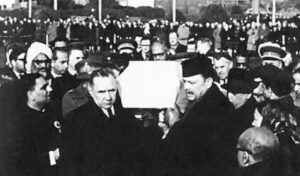 The Indian leader passed away from a heart attack the night following the signing of the Declaration. Shastri fell ill shortly after the talks, and despite the best cardiologists’ efforts, Shastri’s life could not be saved.
The Indian leader passed away from a heart attack the night following the signing of the Declaration. Shastri fell ill shortly after the talks, and despite the best cardiologists’ efforts, Shastri’s life could not be saved.
The Indian Prime Minister’s death and its circumstances remain a mystery. There were suspicions that the cooks had poisoned him, although these were eventually disproved. In the West, people were more inclined to blame the USSR for Shastri’s demise.
The Tashkent Declaration was regarded as a significant achievement of Soviet diplomacy in the settlement of international disputes, albeit this tragic incident. In India, the Declaration was not well received. The Communist Party of India and the Indian National Congress Party supported the pact, but opposition groups claimed the peace treaty had demoralized the nation.
According to Peter Topychkanov, the Tashkent Declaration:
“Did not lead to the resolution of the crisis.”
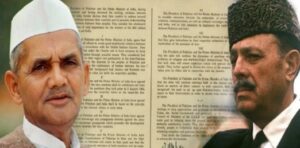 The two nations enjoyed six years of peace. When a new round of combat between India and Pakistan began in 1971, the eastern portion of Pakistan was divided, and Bangladesh was proclaimed as its own independent nation. In December 1971, the parties signed a fresh treaty. There are still frequent cross-border clashes in the state of Jammu and Kashmir, and relations between India and Pakistan are still hostile.
The two nations enjoyed six years of peace. When a new round of combat between India and Pakistan began in 1971, the eastern portion of Pakistan was divided, and Bangladesh was proclaimed as its own independent nation. In December 1971, the parties signed a fresh treaty. There are still frequent cross-border clashes in the state of Jammu and Kashmir, and relations between India and Pakistan are still hostile.


